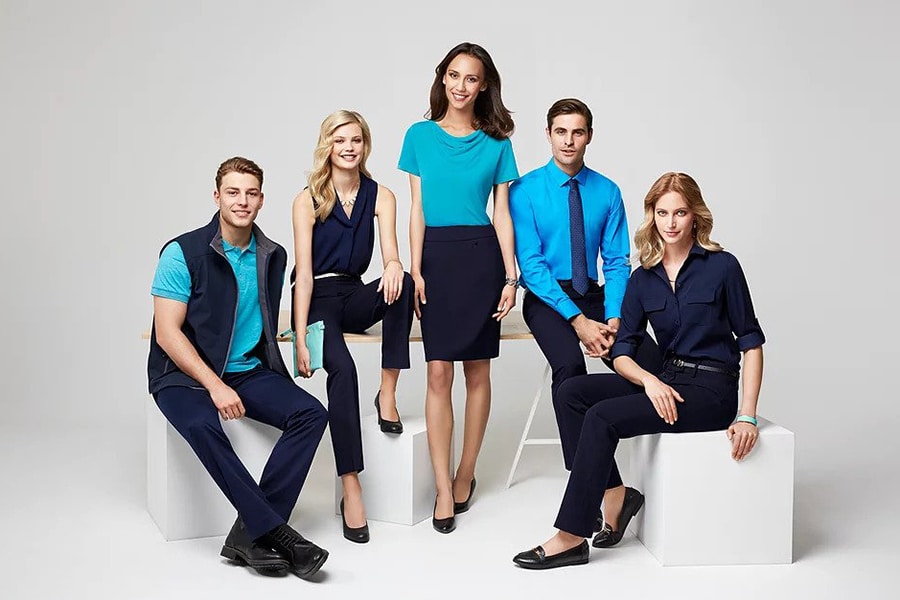Introduction
Corporate uniform serve as more than just a dress code; they are a visual representation of a company’s identity. In today’s competitive business landscape, the design of corporate uniforms plays a pivotal role in shaping an organization’s image. From fostering team unity to influencing customer perceptions, each thread in a uniform contributes to the overall narrative of excellence.
Understanding Corporate Branding
Defining Corporate Branding
Corporate branding goes beyond logos and taglines. It encompasses the entire visual identity of a company, and uniforms are an integral part of this identity. A cohesive and well-designed uniform reinforces brand values and establishes a strong visual connection between employees and the organization.
How Uniforms Contribute to Branding
Uniforms act as walking billboards, providing a tangible representation of a company’s ethos. The colors, logos, and overall design of uniforms contribute to brand recognition. A well-branded uniform not only instills a sense of pride in employees but also communicates professionalism to clients and customers.
Factors Influencing Corporate Uniform Design
In the realm of corporate uniforms, one size does not fit all. Design considerations must align with industry specifics, ensuring that the attire reflects the nature of the business. Moreover, prioritizing employee comfort and practicality is paramount to successful uniform implementation.
Industry Specifics
Different industries demand different aesthetics. While a tech startup might embrace a casual and relaxed uniform, a law firm may opt for a more traditional and formal look. Understanding industry norms and expectations is crucial in designing uniforms that resonate with both employees and clients.
Employee Comfort and Practicality
A uniform that is uncomfortable or impractical can hinder employee performance and morale. Factors such as fabric choice, breathability, and ease of movement must be considered during the design phase. Prioritizing comfort ensures that employees feel at ease, enhancing their overall job satisfaction.
Brand Colors and Logo Integration
The incorporation of brand colors and logos into uniform design reinforces brand identity. Consistency in visual elements across various touchpoints, including uniforms, strengthens brand recall. Striking a balance between subtlety and prominence is key to creating a uniform that aligns seamlessly with the brand.
Incorporating Style and Functionality
Modern Trends in Corporate Fashion
As fashion trends evolve, so do corporate uniforms. Modern workplaces are increasingly embracing contemporary designs that blend style with functionality. From tailored blazers to innovative accessories, incorporating current fashion trends ensures that uniforms remain relevant and visually appealing.
Balancing Style with Professionalism
While embracing fashion trends is essential, maintaining a professional appearance is equally crucial. Corporate uniforms should strike a balance between style and professionalism, projecting a polished image that aligns with the company’s values. Attention to detail, such as well-fitted garments and cohesive accessories, contributes to a sophisticated look.
Conclusion
In the intricate tapestry of corporate identity, the design of uniforms emerges as a powerful thread, weaving together professionalism, branding, and team unity. By navigating through the nuances of industry specifics, employee comfort, and brand integration, a well-crafted uniform becomes a symbol of excellence.
As we explore modern trends, balancing style with functionality, and understanding the psychological impact of uniforms, it’s evident that each element contributes to a broader narrative. Successful case studies and a peek into the future trends underscore the dynamic nature of corporate uniform design.

